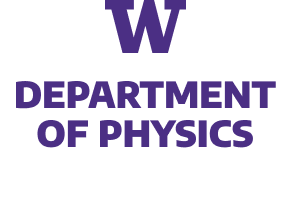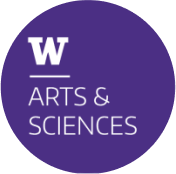Much of nuclear physics (NP) research is focused on understanding the nature of quantum systems emerging from quantum chromodynamics and the standard model of electroweak interactions, built from non-Abelian gauge-field theories, throughout an array of temperatures, densities and initial conditions. Quantum information science (QIS) is bringing new ideas and understandings to bear on the nature and behavior of quantum many-body systems and quantum field theories, and itself is benefiting from expertise about quantum systems that resides in the domain sciences. Significant advances in QIS, NP and other domain sciences are expected to result from research at the interface of these areas. As with progress in any area of science, close coordination and feedback between theory, experiment and computation provides a productive path forward to accomplish these overarching common objectives.
As recognized by Feynman and others in the early 1980s, precision studies of the real-time dynamics of non-equilibrium quantum systems lie beyond the reach of classical computation. These systems include those comprised of nucleons, hot and deconfined quarks and gluons, or non-equilibrium systems of neutrinos, arising in astrophysical settings or created in the laboratory, and interestingly in quantum devices for computation and sensing. Simulations of these systems using future quantum devices requires better understanding of how information is arranged within the quantum correlations of these systems, with entanglement and coherence central elements. One of the remarkable features of the field theories describing the forces of nature is the presence of topological features that present challenges for classical computation. Studies of finite-density systems with classical computing are typically plagued by sign problems in sampling, for instance in lattice QCD calculations. It is anticipated that some of these systems are amenable to quantum simulation. A deeper understanding of these sign problems in terms of quantum information will likely provide guidance both for improving classical sampling in such systems, and insights into the future quantum simulation of such systems.
Focus Areas
Entanglement in quantum many-body systems and quantum field theories, and simulation of QFTs are two areas-of-focus for the IQuS.
Entanglement in quantum many-body systems and quantum field theories
A better understanding of the role of information and entanglement in quantum many-body systems relevant to nuclear and particle physics is expected to provide further insights into and computational capabilities of the properties and dynamics of such systems. We are beginning to recognize that entanglement could provide a helpful organization tool for effective field theories and interactions used to describe emergent complex quantum systems, including nuclei, nuclear forces, high-energy scattering, in addition to its central role in fundamental quantum field theories and the storage of information in quantum correlations.
Simulation of QFTs
Quantum simulations of quantum field theories will continue to provide insights into processes that occur in nature. The present-day quantum simulations of modest low-dimensional theories are starting us along the path toward realistic simulations of forces and systems that are inaccessible to classical computing at scale. These same systems and variants thereof may also inform the design and operation of quantum systems in the laboratory and in devices. We will focus on developing aspects of quantum simulations of gauge theories and other field theories, both formal and computational, to advance NP and QIS.
Collaborations
We are a partner in the Quantum Science Center (QSC), recently as part of the National Quantum Inititaive (NQI). As part of thrust-2, we are working on algorithms/simulations for neutrino dynamics led by LANL.
We are collaborating with FNAL in a QuantiSED project focused on high-energy physics quantum simulations, this includes developing algorithms and simulation activities with Rigetti. We have been exploring spin systems, tensor methods, initializing scalar field theories and are working toward simulations of high-energy processes using localized initial configurations, working toward “hadronic” fragmentation. Initializing a 1-dim. scalar field theory entangled ground state is on the path.
We are collaborating with ORNL on hybrid quantum-classical quantum simulations. We began this activity with simulations of the Schwinger model, 1+1 dim QED, using IBM’s QExperience devices, exploring state preparation, time evolution, state compression, error mitigation. 1+1 QED shares features of QCD with a vacuum condensate and charge screening. It also exhibits interesting topological structure. We then expanded these computations using a quantum frequency processor to include external charges, and to examine the pionless effective field theory (EFT) for light nuclei. This project is now focused on developing a Variational Quantum Eigensolver (VQE) to prepare ground states of low-dimensional SU(2) and SU(3) Yang-Mills gauge field theories.


